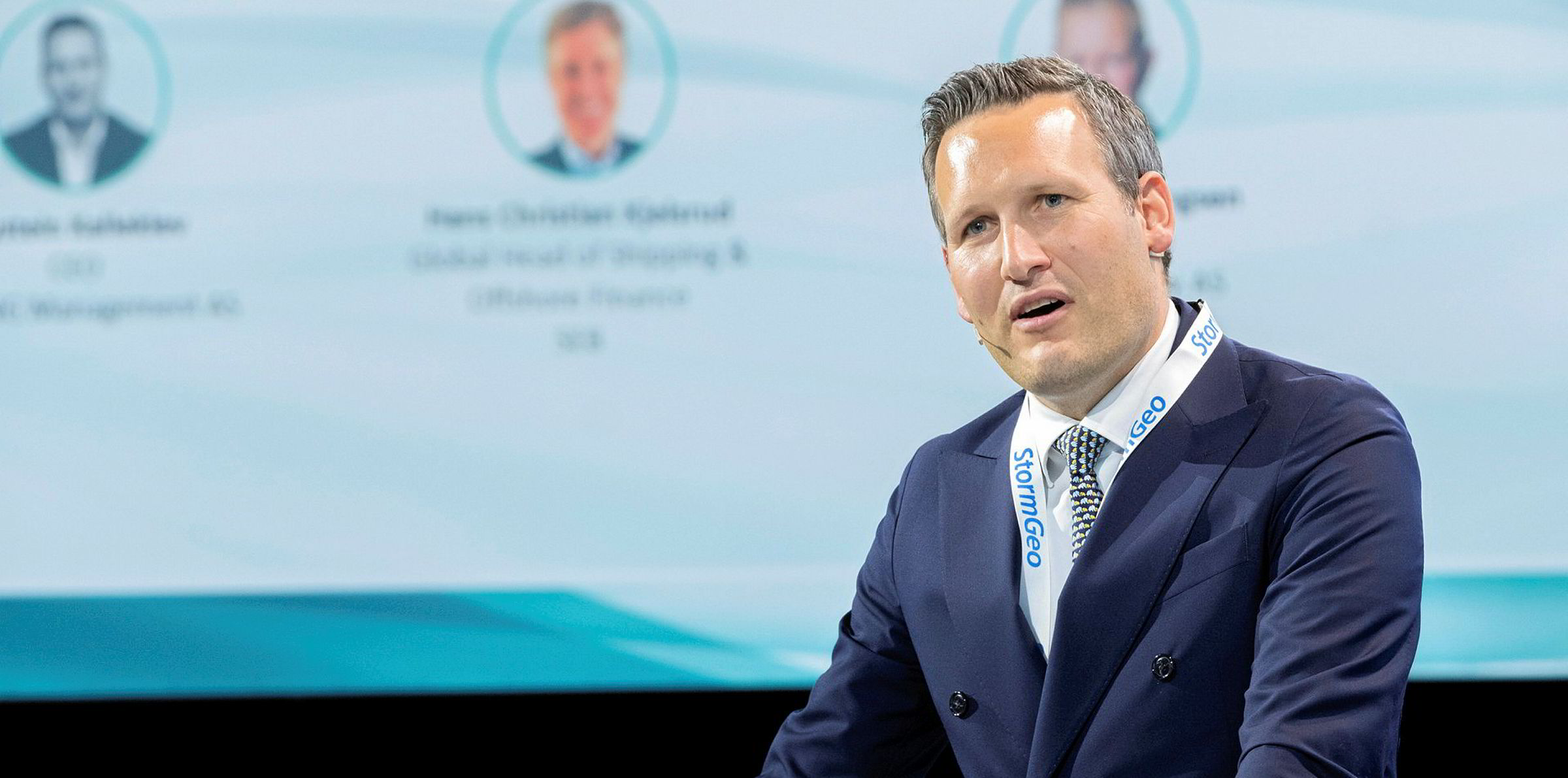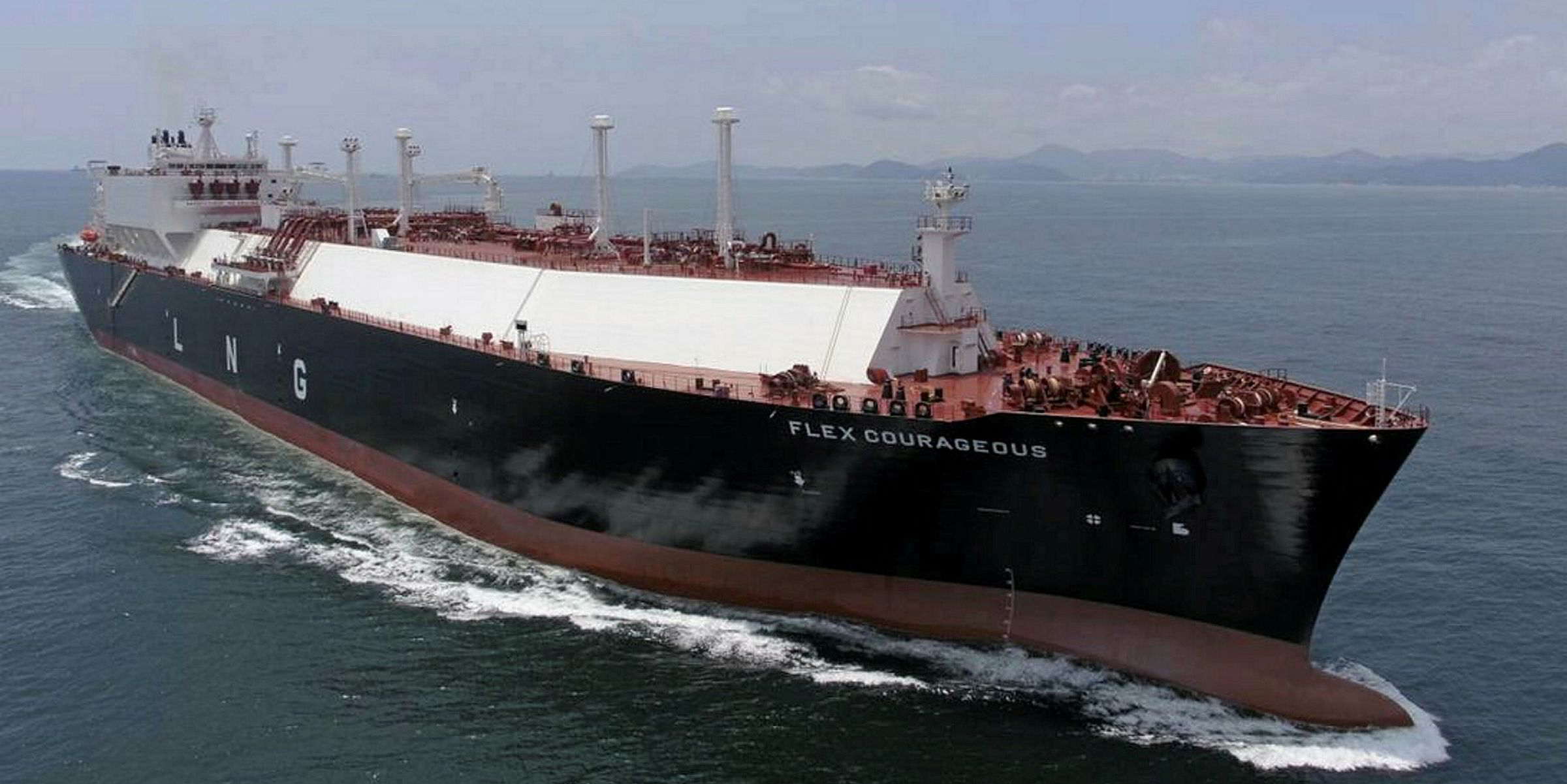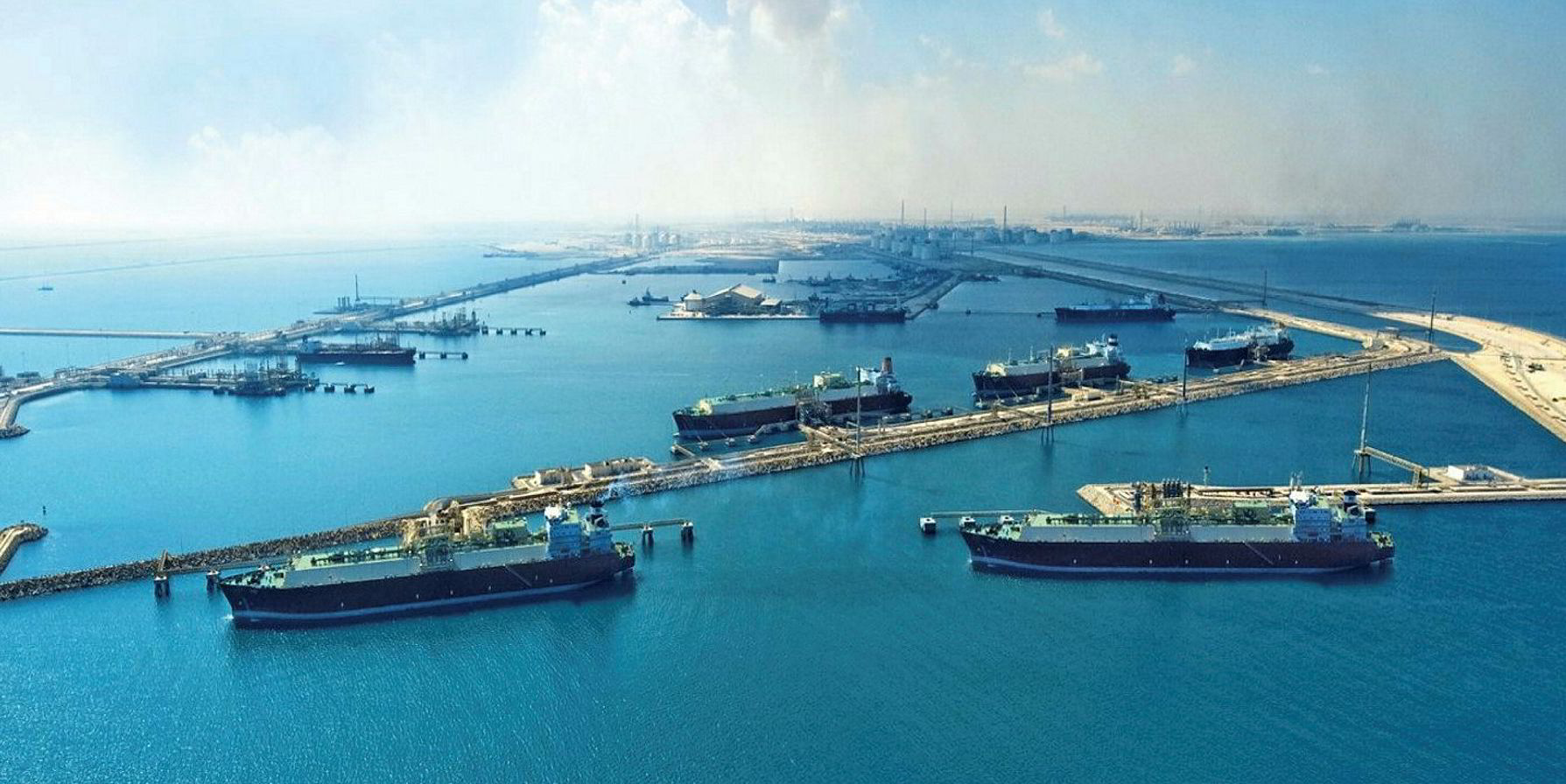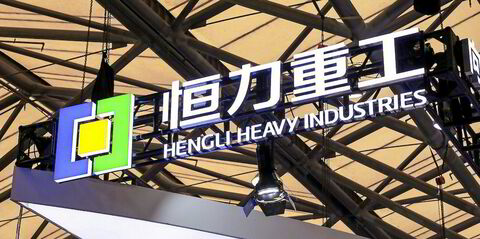Spot charter rates for modern LNG carriers have hit $100,000 per day as the availability of prompt tonnage slims across all trading basins.
The main talking point in chartering circles has been whether John Fredriksen-backed Flex LNG has achieved the watershed six-figure rate with the spot fixture of its 173,400-cbm Flex Endeavour (built 2018), which is reported taken by BHP for a 15-day voyage, plus or minus 10 days.
Those following the business said rumours are the ship has been committed at daily rates of about $100,000.
Broker Affinity (Shipping) said there have been fixtures reported above $100,000 per day without giving details.
Flex is also reported to have tied up its 173,400-cbm Flex Courageous (built 2019) to China National Offshore Oil Corp for 50 days at $95,000 per day.
Strong winter market
Flex chief executive Oystein Kalleklev said he cannot comment on single-voyage business.
However, he and other brokers said the market is at six figures for modern vessels.
Kalleklev said: “We in Flex LNG have positioned our fleet for a strong winter market by not losing our nerve while the market has been softer than expected in the first half, but are sticking to our view by doing short-term business until the market improves.”
Brokers said the lack of modern tonnage appears to be pulling up rates for other vessel types.
They peg levels for tri-fuel, diesel-electric ships at about or slightly above the $80,000 per day mark, depending on where the vessels are trading.

Rates for steam turbine ships have also climbed and this week were being quoted at about $60,000 per day.
Brokers cited Shell’s recent fixture of the 145,000-cbm Stena Bluesky (built 2006) which was quoted at a daily rate in the mid-$55,000s and said levels have risen since.
Improved period rates
Period rates are also showing more strength.
The Thenamaris-controlled 160,000-cbm Cool Runner (built 2014) was fixed for a six-month period with options to extend the hire at a daily rate in the high $70,000s, or possibly at $80,000 per day, according to brokers.
Japanese utility Osaka Gas is also reported to have paid somewhere in the low-to-mid-$70,000s to take the 157,611-cbm Seri Balqis (built 2009) on charter for six months.
Amid the flurry of fixtures at improved levels, market players are asking whether these strong rates will hold.
While LNG production is increasing, particularly out of the US, there is little storage capacity remaining in Europe and there has been a pushback from large Asian buyers, such as Japan and China, on purchases, leading to fears about oversupply.
As the cargoes keep being lifted, there are fresh reports that vessels are slow steaming while they wait until they can discharge.
Shipowners said they are aware that there will be a raft of LNG carriers redelivering in November that could affect rates in the build-up to winter.





